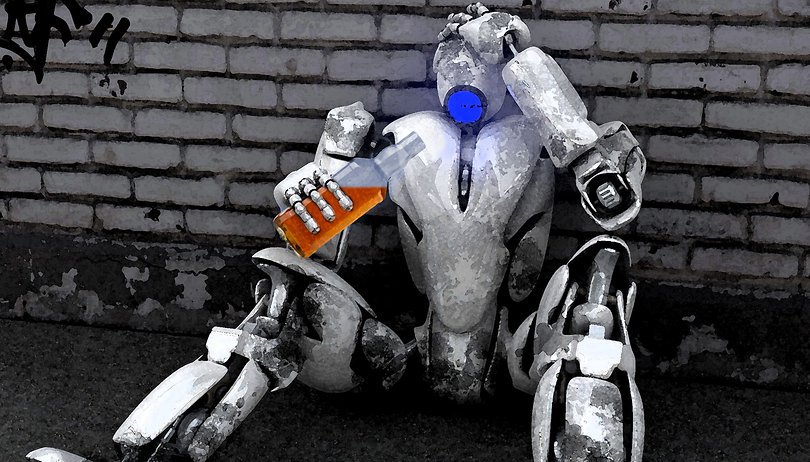#TBT: When will the next harsh winter hit artificial intelligence?


Artificial intelligence is now regarded as the all-purpose solution for many problems, but that has not always been the case. There were already two AI winters, and a new one could soon threaten to emerge. But why did artificial intelligence actually get cold feet?
Jump right at it:
What's an AI winter?
In winter the weather cools down, it gets - at least in some places - frosty and uncomfortable. This was no different in the periods known as AI winters, but this cooling is not related to weather conditions, but to interest, research and investment in the field of artificial intelligence.
First AI winter: 1974-1980
With the first machine translation systems, which emerged in the 1960s and thus in the height of the Cold War, the first hype around technology began, which would later cause a sensation in artificial intelligence. The USA, in particular, jumped at the opportunity to translate news from Russia and China as quickly and automatically as possible in order to stay one step ahead of the class enemy. Even if it quickly turned out that everything was not as easy as expected, this laid the foundation for the AI boom.
The American Defense Advanced Research Projects Agency, abbreviated DARPA, invested huge sums in AI development and pushed the technology forward, almost without control or strict conditions for the researchers. The motto was: here's the money, make something out of it, and do it quickly!
Expectations of artificial intelligence were too high
It was never going to go well. The Mansfield Amendment forced DARPA to pull up its socks and to support AI projects in a more targeted and controlled way. Researchers were now viewed more critically, and not only in the USA: in Great Britain, Professor Sir James Lighthill published the so-called Lighthill Report on artificial intelligence. He came to the conclusion that the AI was a complete failure and could not achieve anything that could not also be achieved with other scientific disciplines. Many of the highly acclaimed AI algorithms would immediately fail, he claimed, due to problems in the real world and would be nothing more than a toy.
That damage had been done. AI researchers like Hans Moravec also criticized colleagues, who had aroused far too high expectations than DARPA and Co. and dared to make ever more daring predictions about the marvels of artificial intelligence. This was counterproductive: DARPA, one of the most important sponsors of AI, lost interest. Carnegie Mellon University's SUR project for understanding spoken language was a fiasco, and as a result, more and more funding was cut worldwide. The first AI winter had arrived.
You can find more videos on current tech topics on our video page.
Second AI winter: 1987-1993
Over the course of the 1980s, a new AI system developed into an enormous success. The first commercial AI system, XCON, was also developed at Carnegie Mellon University and promised millions of dollars in savings for the companies that used it. The programming language LISP was developed and became the common denominator of AI developers. By 1985, a completely new AI industry had emerged that invested more than a billion dollars in development. This also required specialized LISP hardware that could understand and implement the new language.
But in 1987, the market for this hardware collapsed completely as the PC age dawned with the first workstations from companies like Sun Microsystems. They made the expensive LISP machines, in which many companies had invested so much money, superfluous. The computers, soon joined by IT giants like Apple and IBM, could simply do more. A complete industry worth half a billion US dollars had become superfluous within a single year. The revolution ate its own children.
It took a long time for the industry to recover, partly because many of the highly praised LISP companies subsequently failed. It was not until the early 1990s that artificial intelligence began to recover. Smaller projects, which were successfully implemented with little effort, benefited the technology as much as the ever faster increase in computing power and storage volumes, which also became ever cheaper. By the middle of the 2000s at the latest, government subsidy programmes had also risen significantly again. DARPA also awoke from its slumber on the subject of artificial intelligence. The EU pumped hundreds of millions into AI as did China and Russia - the ongoing boom in Artificial Intelligence had begun.
Prospects for the future
And what is the weather forecast for AI like today? In the short to medium term, bright and sunny with a rather slim chance of a noticeable cooling down. But in the long run it is quite possible that the high expectations that are currently being placed on the technology will once again come back to haunt artificial intelligence. And then maybe it will be time to wrap up warm again, for winter is coming...
Source: The AI Winter



















